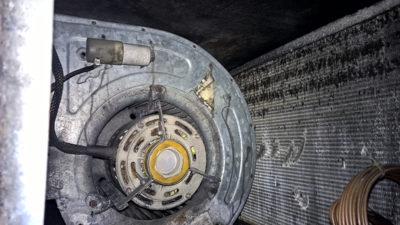Sick Building Syndrome
Building Management System
Is your building “unwell”?
What is it? and does a “sick building” cost the landlord money directly and indirectly?
We read about “Sick Building Syndrome” from time to time, in various publications, and we ask “what is the cost?”.
- The Cost to the Landlord,
- The Cost to the Property Management Company
- The Cost to the Tenants
- The Cost to the Environment
- The Cost of the wasted Energy
So what is “Sick Building Syndrome” and
What is the Relationship With The Building Management System?
Consider just two questions:
Does your building have this great “fully functional” Building Management System, which is frustrating to work with?
Are you trying to obtain meaningful performance from the Building Management System, not just an expensive time clock?
The answers to these two questions is the start of unpacking the opportunities to reduce poor energy performance and improve overall building operations for both the tenants and the landlord.
Many sites with “Sick Building Syndrome” are not necessarily an expensive situation to fix, but lets go a little further and define “sick building Syndrome from our point of view and understand if your building is just a little unfit, or critically ill.
Symptoms
just a few symptoms of “Sick Building Syndrome” in relation to Building Management Systems and the mechanical HVAC services:-
- The first is the energy bill, its typically over what you would expect to see for a building of a comparable size and function.
- The Building Manager is frustrated with the BMS and doesn’t have answers to questions they would normally garnish from the BMS
- Regular Tenant complaints – especially about stuffy, too hot too cold, and the same zones.
- Equipment which is running after hours.
- Lights on in common areas during the day or in unoccupied areas at night.
- Black marks from exiting air diffusers
- Regular break downs of the same mechanical services equipment.
Understanding the Symptoms.
We can see within these seven symptoms above, they have co-dependent relationships.
For example item 1 and item 7.
Poor maintenance and / or repairs on the same equipment is either poor service from the vendor or, the equipment is obsolete, and should be replaced.
Obsolete equipment, as a generalization, does not have current technology and is typically a high energy consumer, a symptom of sick building syndrome.
Consider item 2 and item 4.
The BMS is difficult for the building manager to use and may have little to know reporting or trend log functions. Or maybe they are not being used.
Hence, the building manager is not aware the Building Management System allows the building air conditioning and lights to run after hours. He can’t check during hours and doesn’t have a trend log report automatically sent to their email where a quick examination / review would high light the long ring hours.
Knowing Your Building
These symptoms and relationship are but just a few, but they are quite common.
Every building is different, including the purpose, the tenants, the tenant mix, and the building services which run the building.
Knowing how your building works is a unit, as a single holistic system is key to developing and maintaining a healthy and cost effective operational site, and at least reducing “Sick Building Syndrome”.
Fixing Sick Building Syndrome.
this a whole other post, but in the mean time, give us a call or an email and lets review if you building is really unwell or just needs a could of adjustments.
thank you for dropping by
Nigel Wraight
FORTE ASSET SERVICES



